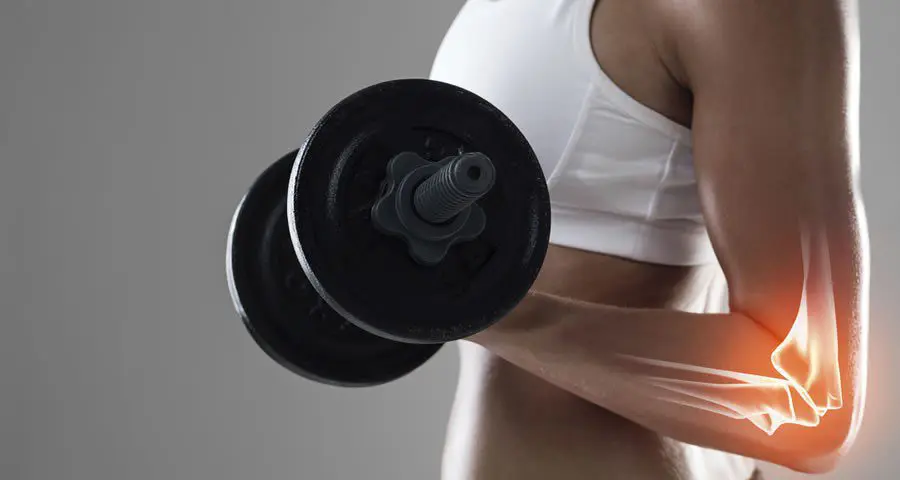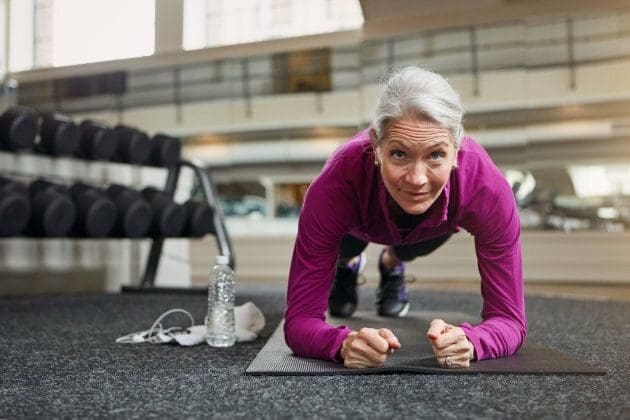
We cannot choose our parents, we just have to love them and learn to live with their flaws and all. Having that in mind, we’re all born with genetics that cannot be changed. We’re more sensitive to some issues than others and more prone to certain diseases than others. Unfortunately, that is irreversible, but luckily, our parents and grandparents can give us warning signs and help us try and prevent or slow some things down. For instance, arthritis and osteoporosis can’t really be prevented, but there are ways to live with them. A well-balanced diet and the right kind and amount of exercise can get you a long way. So, if you are under a risk of any bone diseases, here are some suggestions on the type of exercise you should implement into your routine.
Strengthening muscles
Resistance exercises are used to strengthen your muscles. Any kind of exercise with weights fall into this category. They can be light weights at first and in time, you can up the weight if you want. If not, that’s fine, too. The exercises will make your muscles stronger and your body will be more resistant to any weaknesses. You can also do exercises involving lifting your own weight, as well as functional movement. Yoga and Pilates are also known for improving strength and balance. It’s particularly good for you to join a group program if you’re not familiar or disciplined enough to work out on your own. If you already have some symptoms of bone diseases, it’s best you took some beginner courses or ones adapted for your condition.
Vibration training
A great new way to exercise your body is to use vibrations. It’s an amazing method of workout as anyone can do it and its effects are absolutely stunning. It can be done in all stages of bone diseases and it always does wonders for your well-being. This is why getting an awesome whole-body vibration machine should be your next investment. This type of low-intensity workout improves the state of your muscles and makes you more agile and prepared for various physical challenges. They’re becoming extremely popular and the ratio between the price and quality is getting better and better so that anyone in need is able to afford this miracle-working form of exercising help.
Classics
Of course, some of the classical forms of exercise are walking and swimming. There’s also running as the advanced form of walking, but it isn’t for everyone as it involves some risk factors and isn’t for people that are already suffering from bone disease. However, walking remains the winner on the list of exercises and it leads in all categories. It is good for anything, there are no downsides to walking. It improves the state of your muscles, your heart and it’s a real treat for your mental health as well. On the other hand, swimming is quite neat as it doesn’t put pressure on your bones, you don’t feel your weight during the workout and yet, all the muscles in your body are engaged.
Easy does it
If you’re a beginner to the world of physical activity, you need to remember to take baby steps. You can’t become an instant overachiever. There are stages and the key is to take it slowly and gradually. On the other hand, if you already have some health issues or you’re just extremely inactive, check with your doctor before starting a workout routine. It’s best to consult professionals on the subject since there are risks involved. If you take things too radically, you may cause more harm than good and this is something you definitely want to avoid.
All in all, the important thing to remember is that there is always a solution to a problem or a way to treat it. Try not to become depressed over the fact that bone diseases are incurable. It is true, but they’re also quite manageable. There is exercise, a healthy diet, as well as medical therapies that can make your life much easier and make you fully functional despite your condition. So, turn that frown upside down and start creating your own workout routine. It’s going to be a blast.

Be the first to comment